
It’s no secret that the movie industry has made some incredible strides over the past century. Just by watching an old film, movie lovers are reminded of how far technology has come—from cell phones the size of bricks to plastic monsters terrorizing a stop motion set, on and off-screen technology has progressed rapidly. Though it is difficult to imagine a time when we couldn’t watch a film from the comfort of our sofa, it was not always the case.
Let’s take a more in-depth look at the progression of
movie-watching formats and devices over time.
The First Films:
A Brief Introduction to Movies and
Movie-Watching
To understand the importance of movie format evolution over time, we must go back to the beginning of the cinema era. Since the late 1800s, people have been fascinated with the act of applying film photography to real, moving life.
In 1878, Eadweard Muybridge captured a horse in mid-gallop as footage that could be viewed through a zoetrope to create movement through split-second capture.
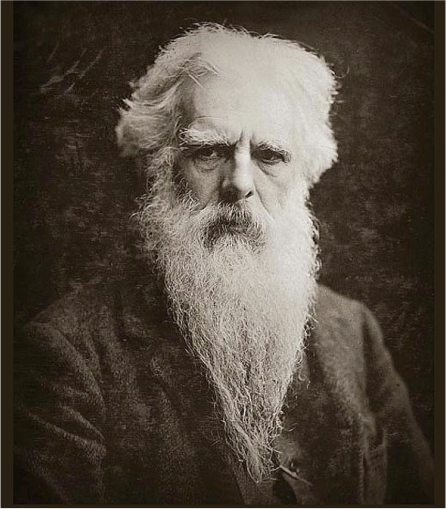
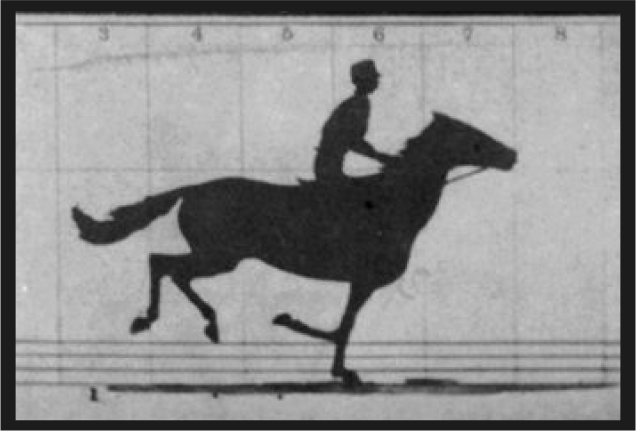
Moving Pictures
The early films were silent and shot in black and white on one-reel of film. This constrained the first movies to about 5 to 8 minutes of recording time, but regardless of limitations, early filmmakers concentrated on telling a story with their moving images. As technology progressed and film reels became longer, the first true feature-length film was released in 1915—David Wark Griffith’s Birth of a Nation, using twelve full reels of film.

David Wark Griffith’s Birth of a Nation was the first true feature-length film.

The industry was now open to feature films and exciting technical aspects that filmmakers could implement, including close-ups, cross-cutting, fadeouts, and dramatic lighting. Griffith’s film proved America’s place as a leader in the most innovative filmmaking techniques and was one of the first films made in the newly occupied movie lots of Hollywood.
In 1910, due to constraints under patent laws on the east coast, filmmakers and actors alike had picked themselves up and moved across the country to southern California. There, with more freedoms and the space to create their own studio systems, the area below the Hollywood Hills became the new hot spot for directors, entertainers, and actors from around the world.
The giants in film studios were formed, including Universal Pictures, Metro-Goldwyn-Mayer, and Warner Brothers, where extravagant movie palaces were constructed to house the moving pictures they produced.


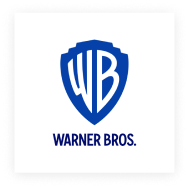
The Golden Age of Hollywood
By the 1920s, Hollywood’s film industry was the fifth largest in the country. In 1923, a massive sign reading “HOLLYWOODLAND” was built in the Hollywood Hills overlooking the city and the sprawling movie studio lots.

A massive sign reading “HOLLYWOODLAND” was built in 1923.
And when it was refurbished in 1949, the “LAND” was finally removed, giving us the famous Hollywood Sign. And this was just the beginning of Hollywood’s Golden Age!
Hollywood’s Golden Age was extravagant, dramatic, and star-studded, lasting between the early 1920s to the late 1950s. When you think of old Hollywood, this is likely the era you envision—glamorous starlets, suave actors, and all the glittering lights of cameras and marquee boards.

The “LAND” was finally removed, giving us the famous Hollywood Sign in 1949.
Directors quickly realized that to gain enough revenue to fund their next motion picture, they had to keep audiences coming back to theaters. So, fan-favorite actors were cast and cast again, including early stars like Douglas Fairbanks Jr., Mary Pickford, and Lionel Barrymore.

The film industry rocketed to even higher levels of critical acclaim and commercial success, and higher still when sound technology was introduced in the late 1920s and Technicolor in 1932. These changes to the industry that brought sound and color were the first steps toward a new, modern age of cinema and superstar actors.

With the introduction of speaking roles, films became even more immersive and opened up new genres, including adventure, historical, fantasy, gangster, and horror films, and even more glamorous stars to dazzle in saturated colors, like Marilyn Monroe, Kirk Douglas, Elizabeth Taylor, and Cary Grant.

Modern Cinema
As censorship laws in film relaxed in the early 1960s, the film industry once again experienced a change with a new generation of directors appeared on the scene. They had learned from classical periods of film, and embraced foreign film influence, box-office risks, and the newest technologies, driving the film industry into the era of modern cinema.

Francis Ford Coppola

George Lucas

Martin Scorcese

Roman Polanski

Stanley Kubrick

Steven Spielberg
With advances in filmmaking technology and the advent of early computer-generated effects, this group of innovative directors applied their filmmaking budgets and resources to progressing these advances and launched into massive productions. The incredible success of titles in the 1970s heralded a truly new era, with movie-goers lured in by Apocalypse Now, American Graffiti, Jaws, The Godfather, Taxi Driver, The Exorcist, and 2001: A Space Odyssey.
And later, to usher in a new standard for blockbuster movies and expansive franchises, Lucas’s Star Wars series, and Spielberg’s Raiders of the Lost Ark, and E.T. gave audiences new levels of excitement, adventure, and immersion. And with these new blockbusters, the industry was about to change once again when movies were able to be brought home to be viewed by audiences everywhere.
Blockbuster movie posters:
The Home Video Market: How Very 80s and 90s
During the late 1980s to the early 2000s, massive strides were made in the technology that brought movies into the homes of regular people. But the first technology for home video was Sony’s U-Matic film in 1971, one of the original cassette formats as opposed to tape on a reel-to-reel. It was followed by Betamax cassettes, which hit the market all the way back in 1975.
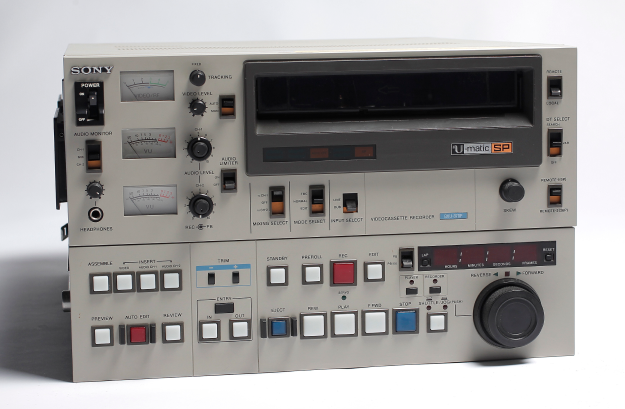
Sony’s U-Matic film in 1971 was the first technology for home video.
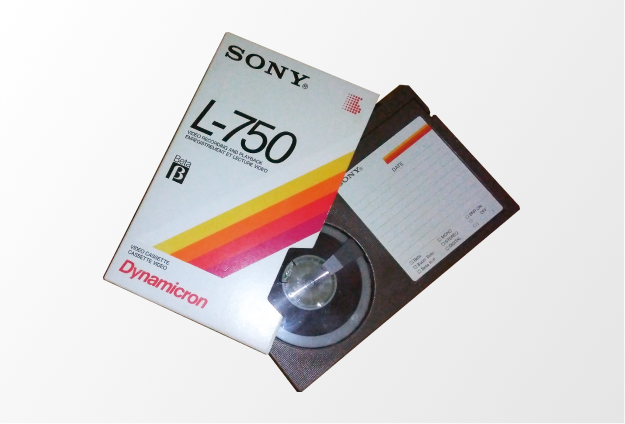
It was followed by Betamax cassettes, which hit the market all the way back in 1975.
Impact on the Film Industry: Piracy on the Movie Seas
Video sales and rentals opened a new mass market in the film industry in the form of the home movie viewer. While studios may have felt losses from movie theaters being the only place that audiences could view films, this provided Hollywood with an extended income source. And it would not be vanishing any time soon.
But initially, Sony’s release of home video recording devices was a large source of anxiety for Hollywood moguls and studios—would they lose theater-goers altogether?
In a 1976 lawsuit, Universal and Disney sued Sony for manufacturing a technology that could be used to potentially break copyright law.

This was a controversial case, but eventually, the Supreme Court ruled that Sony and other VCR makers could not be held liable for copyright infringement.
This decision was important for two reasons:
It opened up the home video market legally.
It set a new standard for copying/recording technology and its capability to violate copyright law.
This original piracy law standard is the basis for further legal developments regarding the ability to capture and record copyrighted material at home, and the ethical ramifications of that practice.
All About the Tech:
Formats and Devices
With new technology that made videos available to in-home viewers, filmmakers and manufacturers alike had to adapt to a changing market, all the way from cassettes to digital streaming.
First Steps in At-Home Movie Technology
Sony’s Betamax was a combination of a television set and videocassette recorder (VCR) and the first real equipment for at-home use. However, it was incredibly expensive for the time and not common in many homes, being upwards of $2,000.

The first three feature-length films were released on Betamax: The Sound of Music, Patton, and M*A*S*H—these too were very pricey, around $50-$75 per copy at that time.
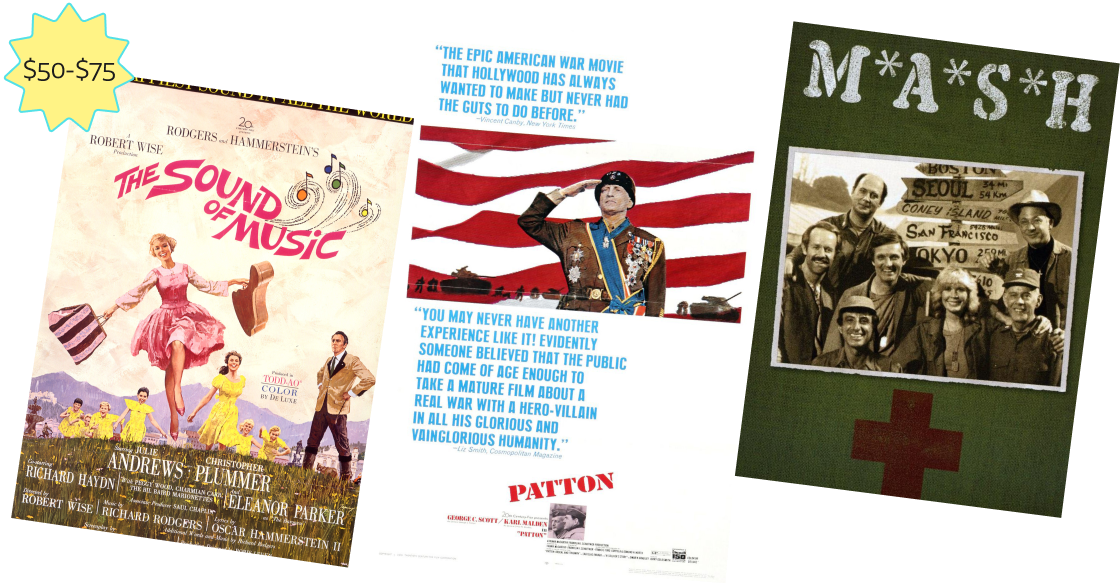
Video Wars: VHS and Betamax
Though Sony’s Betamax format was one of the original at-home viewing systems. But when JVC launched their competing video home system (VHS) in Japan, the Vidstar VCR, the companies immediately began competing.
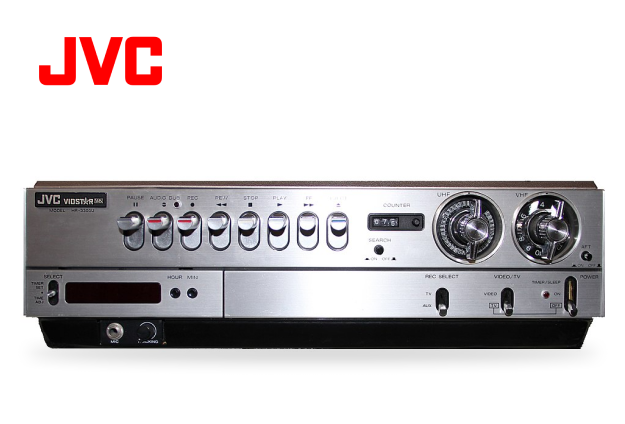
JVC launched the Vidstar VCR in Japan.
JVC started winning more market shares by licensing its VHS technology to other manufacturers like Sharp, Panasonic, and RCA, who provided more player options that were cheaper than Sony’s Betamax format viewers.
The next year, JVC’s VHS videocassette was introduced into North America at Chicago’s Consumer Electronics Showcase, and by 1987, nearly 90% of the entire multibillion-dollar VCR market belonged to VHS, successfully beating out Betamax.
The Next Generations of Tech
With ever-advancing technology, it’s no surprise that the home video industry continued to grow and be improved upon from the creation of Betamax and VHS. A constant race between varying the format of videos in order to keep up with the latest technology, let’s take a closer look at the primary timeline of home video formats and devices.
LaserDisc—1978
Created by Phillips, MCA, and Pioneer, the LaserDisc format was initially licensed and sold in North America before being released globally.
It was the first instance of using optical discs for media and data storage, leading to a higher quality of video and audio than VHS was able to offer by using NTSC/PAL encoding.
But although these discs did offer many benefits over VHS, their popularity was stunted due partly to the high cost of purchasing the requisite player and discs. Additionally, LaserDiscs could only playback media and only held about an hour’s worth of video content.
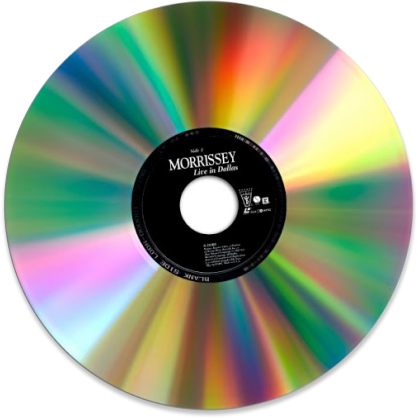

Created by

Video8—1980’s
Video8 was initially released as a new format for filming videos, with audio of a much higher quality. This was because the Video8 device used audio frequency modulation to record audio along the same track as the video content.
In the late 1980s, Video8 was developed into Hi8—increasing the recorded bandwidth of the signal, while improving the resolution to LaserDisc quality.
In fact, in 1999 Digital8 was introduced using much of the same cutting-edge technology, which served to rival MiniDV in current video formats.
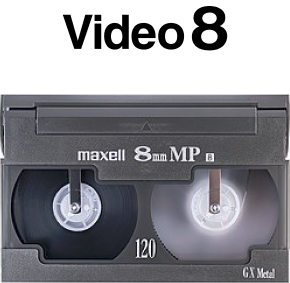
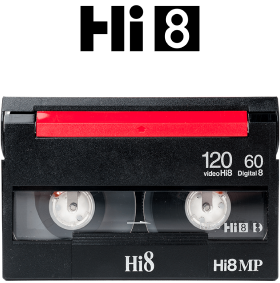
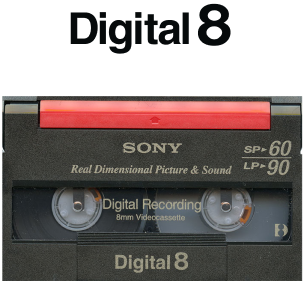
DV Video—1996
DV Video became the ideal format for people wanting to edit their videos. This format compressed every frame instead of the time between consecutive frames, allowing for easier editing. Additionally, DV Video implemented a Firewire (IEEE 1394) interface that facilitated the transfer of video between the camera and editing equipment or desktop. DV Video is still available, in the form of HD DV.
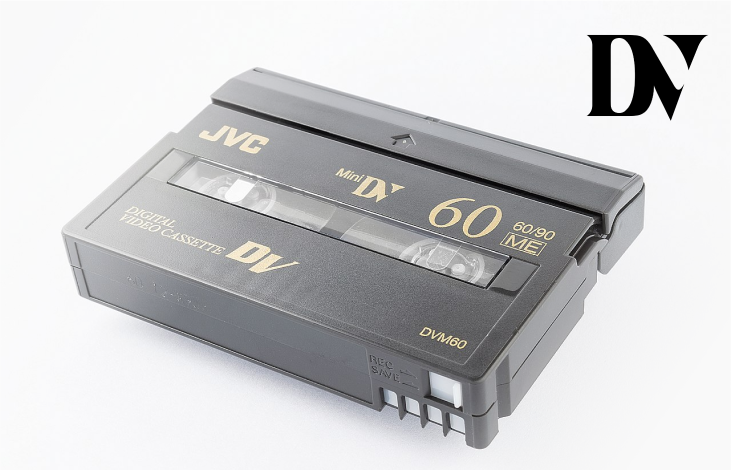
DVD—1997
With its initial launch, the Digital Video Disc or DVD was set to replace earlier home video formats, such as the VHS, and the admittedly already anachronistic Betamax. Because of the advantages that DVDs offered over previous formats, it swiftly pulled into the lead as the go-to format for distribution of pre-recorded material. Plus, DVDs could also be used to store computer information and data.
Another benefit was the volume—one DVD could hold up to 4.7GB of data, or 2 to 3 hours of standard video, making most movies a one-disc affair.



MP4—2001
MP4 or MPEG-4 offered a new level of flexibility in video formatting.
The MP4 format was backed heavily by Apple right from the beginning, lending it an immediately credible sponsorship.
It was also quickly incorporated into QuickTime player software, as well as applications in other formats, such as 3GP and 3G2 which both use the P4 format as a video container.

iTunes—2005
Apple brought movie-watching to a whole new level with the introduction of video capabilities to iPods in 2005. Apple also released a new branch of the iTunes Store that offered movies and TV shows for sale and download.

Apple released a new branch of the iTunes Store that offered movies and TV shows for sale.
HD DVD—2006
HD DVD was announced at a similar time to Blu-Ray and was Blu-Ray’s main competitor up until around 2008, when it finally lost the race after manufacturer Toshiba announced that it would stop making and developing HD DVD players.


Blu-ray—2006
One of the biggest developments in formats and devices in recent years was the Blu-Ray. An improvement over DVDs, Blu-Ray had a much higher storage volume of 25GB for standard Blu-Ray discs, and up to 50GB for double-layered Blu-Ray discs. This works out to approximately 20 hours of standard video, or 4.5 hours of HD video. Blu-Ray supports 1080p resolution, is widely considered to be one of the best high-definition formats, and compresses MPEG-2, AVC MPEG-4, and VC-1 formats.


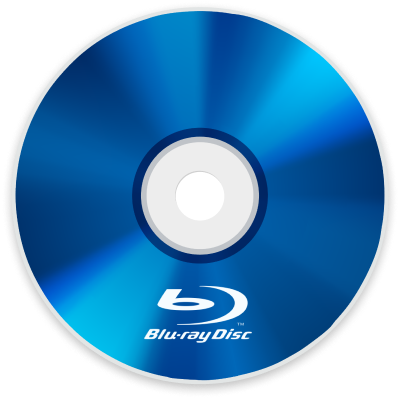
MP4—2001
Netflix stormed the digital video scene in late 2007, revolutionizing living rooms everywhere with readily available streaming services. This marks a transition away from physical formats and into unlimited virtual libraries for the price of a monthly subscription.
Other giants soon joined the scene, including Amazon, Hulu, YouTube, and more.

Next Steps in
Movie-Watching
Speculations abound on what kind of changes the film industry will experience next, but the following are some projections about what kind of technology could become implemented into movie-watching next.
Glasses-Free 3D
Directors and researchers alike are exploring glasses-free 3D technology—freeing moviegoers and at-home viewers from those flimsy paper 3D glasses. It’s all about immersion, and the more embedded an audience can be in the landscape of a film, the better!

Directors and researchers are exploring glasses-free 3D technology.

VR Technology
Speaking of immersion, VR makes it possible for an individual to be fully inside the scene. We have already experienced it with video games and optical gaming, but it’s likely that VR technology will soon move to the big screen, or rather, the in-home screen.


8K and Higher Resolution Displays
High-resolution TVs already exist, but they’re getting even better. As TV units expand in size, their pixel counts also increase, leading to crystal clear displays the size of a small wall.
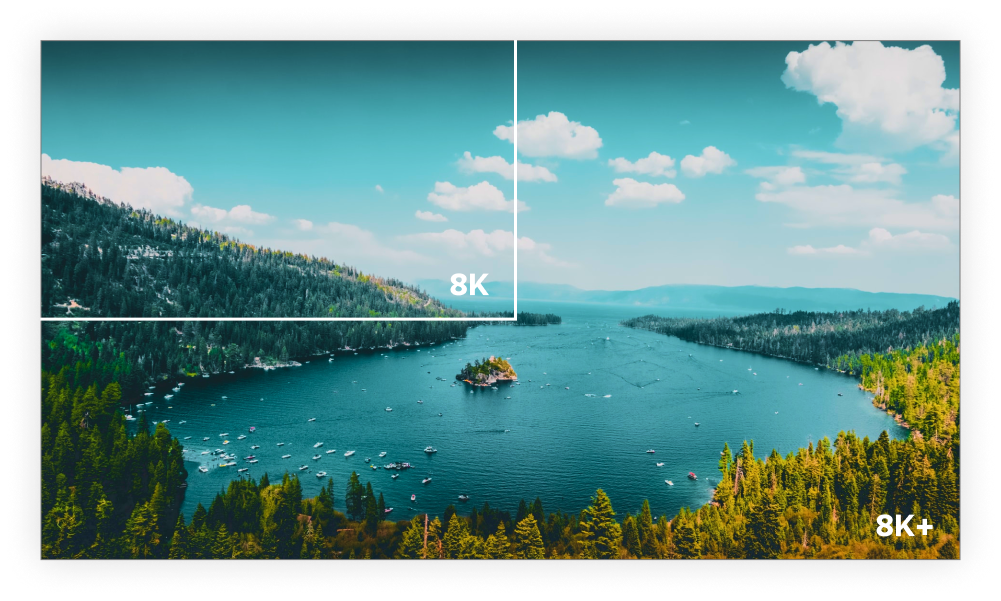
Bendable Screens
TVs that fold down into docks or roll up into the ceiling are on the horizon for home viewers. And because not everyone wants to take up their living room with an entire home cinema screen, bendable TVs seem to be next up for manufacturers.
A Full Timeline of Video Media and Formats
To sum up the journey of film formats, the following is a comprehensive list of each type of video formats and devices throughout the years, from initial tentative steps in the 1950s, and the major developments that pushed the industry ever forward.
The 1950s
The 1960s
The 1970s
The 1980s
The 1990s
The 2000s
The 2010s
Movie-Watching Formats and Devices Over Time
For a good majority of the film-making era, movie lovers had to view the newest titles in a theater. If you missed the theatrical run of a film, you might never end up seeing it—a baffling thought for today’s cinephiles, in a world of streaming and on-demand movies. But since the advent of the first home movie-watching technology in the 1970s, the progression of home videos and the availability of content has marched on, bringing us to the current age of movies that are available anywhere and at any time.
- What was the first feature-length film?
- When was the Hollywood sign built?
- Who pioneered modern cinema?
- What was the first technology for home video?
- What was the first VCR?
- What were the first home video formats and devices?
- When was DVD invented?
- Why was Itunes so important for at-home movie watching?
- What is the difference between blu-ray and dvd?
- When did virtual movie viewing begin?
- What are the latest technologies for home movie viewing?
- What is the full timeline of video and media formats?
- Best Home Movie Theater Seats
- Two Attached Leather Movie Seats
- Black Leather Seats For Sale
- Luxury Tv Chairs
- Best Built Couches
- Leather Sofa Set For Sale
- Modern Recliner With Cup Holder
- Sectional Sofa Home Theater
- Sofa 4 Seater Recliner
- Buy Theater Seats
- Full Leather Recliner Chair
- High Quality Theater Recliners
- Home Theater Seating Sectional
- 2 Seat Power Recliner
- Best Price On Home Theater Seating
- Contemporary Seating
- Top Grain Leather Single Recliner
- Sofa And Loveseat Set Sale
- Best Deal On Recliners
- Media Sofa Furniture
- Theatre Loveseat Recliner With Cupholders
- Theater Seating Ashley Furniture
- Heated Coutch
- Riser
- Lane Home Theatre
- Black Leather Contemporary Sofa
- Best Couch For Back Support
- Row One Chairs
- Wall Recliner Sofa
- Octane Lhr Azure
- Brown Loveseats
- Home Theater Decorating Ideas
- Dual Recliner Sofa With Console
- Theater Seating Add On Table
- Massage Couches On Sale
- Best Chair Brand
- Black Leather Couches
- Home Theater Seat Tray Table
- Best Massage Reclining Chair
- Recliner Chair Best Brand
- Palasar Theater Seating
- Fold Down Table
- Best Chair Recliners
- Home Theater Audio Calibration
- Home Theater Chaise
- Best Man Cave Chairs
- Cinema Theater Chairs
- Micro Fabric Sofa
- Tv Or Projector
- Home Theater Store Reviews
- Recliner Chairs
- Recliners For Big Men
- Great Recliner Chairs
- Chaise Lounge Brown Leather
- Bachelors Room
- Microfiber Sofas
- Comfortable Man Cave Chairs
- Best Rated Recliner Chairs
- Home Theater Ideas
- Bluetooth Surround System
- What Is A Av Receiver
- New Home Theatre Cost
